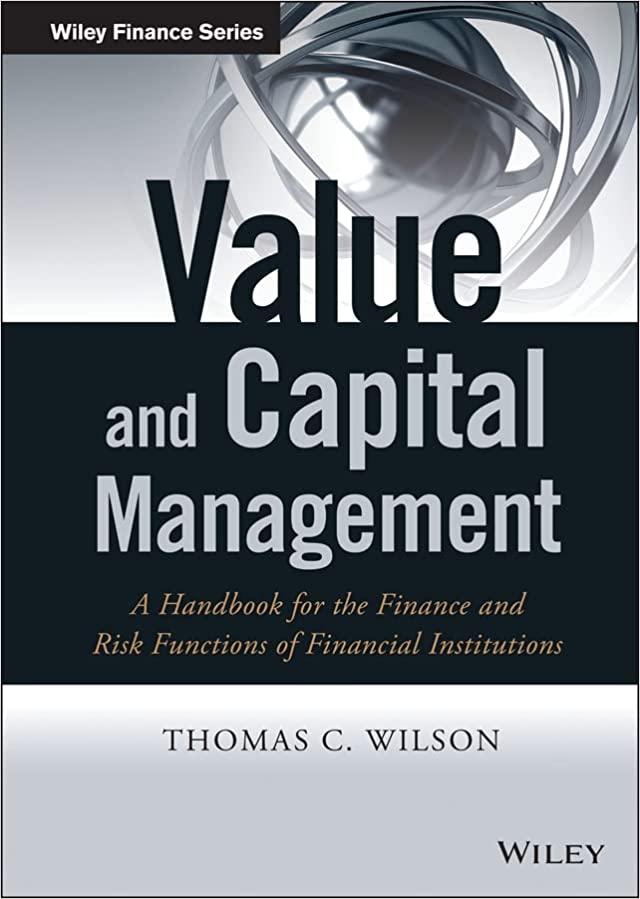Question
2. Describe financial statements a) McDonalds financial statements use a multi-step income statement. I can tell because there is information about operating income and net
2. Describe financial statements
a) McDonalds financial statements use a multi-step income statement. I can tell because there is information about operating income and net income. Income, expenses, gains, and losses are divided into either operating or non-operating. b) McDonalds uses two separate financial statements. One was a Consolidated Statement of Income and the other was a Consolidated Statement of Comprehensive Income. I. The companys choice of presentation is consistent with GAAP. The relevant section of the Codification is 810-10-50-1A. Essentially, McDonalds must disclose the amounts of consolidated net income as well as the consolidated comprehensive income. c) McDonalds Balance Sheet and Income Statement are disaggregated with 26 line items, but when compared to Burger Kings 30 line items, McDonalds Balance Sheet and Income Statement are less disaggregated and informative. Both McDonalds and Burger King utilized a consolidated income statement and balance sheet, but Burger King offered more details and information. This is evident by Burger Kings greater availability of line items. d) Ernst & Young, or EY, is the auditor for McDonalds. EY provided an unqualified opinion for McDonalds. An unqualified opinion means that EY believes McDonalds financial records and statements to be represented fairly and appropriately.
3. Assess liquidity
We observed current ratio, quick ratio, and debt-to-equity ratio to analyze the liquidity and default risk of McDonalds. When we compared the current ratios from year 2015 to year 2016, the number shrunk from 3.27 to 1.40 due to a huge decrease in cash and equivalents and the initiation of the companys repayment of its long-term debt in 2016 and incurred liabilities of businesses held for sale. This drastic hit to McDonalds liquidity may concern some shareholders. We further compared McDonalds 2016 current ratio (1.40) to Yum! Brands a corporation composed of different quick-serve restaurants such as Taco Bell, Pizza Hut, and
KFC 2016 current ratio (1.08). McDonalds decision to decrease its current asset holdings may be a move to make the company more efficient. The less stagnant current assets they have in the balance sheet, the more opportunities they can seek with the cash they have on hand.
We also checked McDonalds quick ratios from year 2015 and year 2016. For quick ratio, we only included cash, cash equivalents, and accounts receivable in the numerator since they are the most readily accessible assets the company has. Inventories, prepaid expenses, and other current assets are the line items that are not included for quick ratio. Just like we did from current ratios, we noticed a huge decline from year 2015s quick ratio (3.05) to year 2016s quick ratio (0.78). While this may be unsettling to some, Yum! Brands hold a similar 2016 quick ratio of (0.78).
The debt-to-equity ratio numbers changed from positive (4.4) to negative (-15.1) due to liabilities exceeding assets for year 2016. If McDonalds were to go out of their business right now, this shows that the shareholders would not be paid at all since total liabilities exceed total assets. This negative figure initially raised a red flag upon calculation; however, Yum! Brands also posted a negative equity in 2016 with a figure of (-1.97). Still, a negative double-digit debt to equity ratio brings at least some worry to all of McDonalds stakeholders and should be kept an eye on for years upcoming.
An increase in liabilities, a drastic cash decline, and a negative debt-to-equity ratio would definitely bring concern to us if we were a creditor of McDonalds. However, we would not be too worried about McDonalds going out of business anytime soon since it possesses the largest market share in the fast food industry. In the MD&A section, the management of McDonalds mentions that they have more than enough foreign cash from their foreign
subsidiariesapproximately $662 million as of December 31, 2016that they can use; however, they dont see a need to repatriate these funds.
4. Assess performance
The gross margin for McDonalds is .42(.4145) in 2016 and .39(.3852) in 2015. Gross Margin is the gross profit per dollar of revenue. This increase in Gross Margin represents McDonalds gross profit per dollar of revenue increasing from 38.52% in 2015 to 41.45% in 2016.
McDonalds saw an increase in net income from $4,529.3M in 2015 to $4,686.5M in 2016. This increase of 3.47% year to year was primarily caused by a decrease in operating costs. Total Operating Costs decreased from $18,267.5M in 2015 to $16,877.4M in 2016 for a total of $1390.1M or 7.61%. Despite the lower annual revenue, McDonalds cut its operating costs so that they still saw a 7.61% increase in net income.
The Receivables Turnover Ratio for McDonalds in 2016 was 10.38 in 2016 and 12.7 in 2015. This means that they have $10.38 of credit sales per dollar of accounts receivable. They are getting worse at managing their receivables because the Average Collection Period has increased from 28.75 days to 35.18 days. The average collection period represents how many days it takes to collect receivables, so it is now taking McDonalds 6.43 days longer to collect receivables.
Based o the information above, write an executive summary
Step by Step Solution
There are 3 Steps involved in it
Step: 1

Get Instant Access to Expert-Tailored Solutions
See step-by-step solutions with expert insights and AI powered tools for academic success
Step: 2

Step: 3

Ace Your Homework with AI
Get the answers you need in no time with our AI-driven, step-by-step assistance
Get Started


